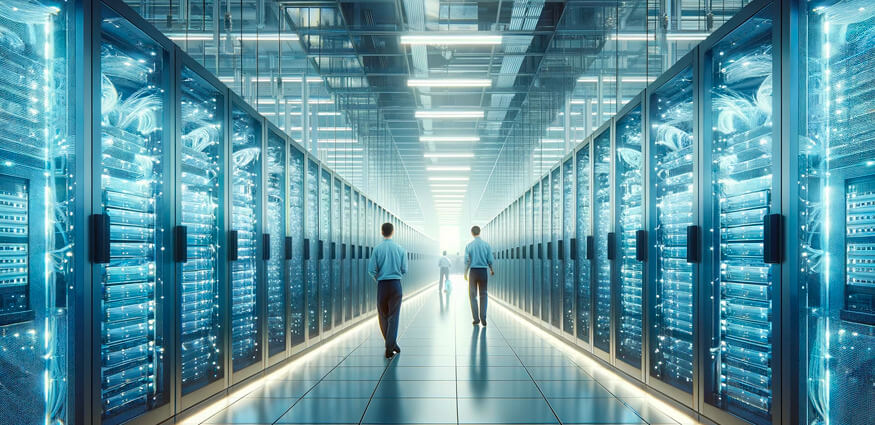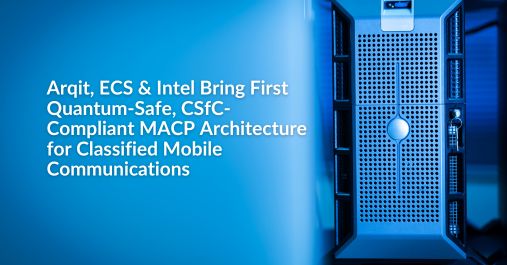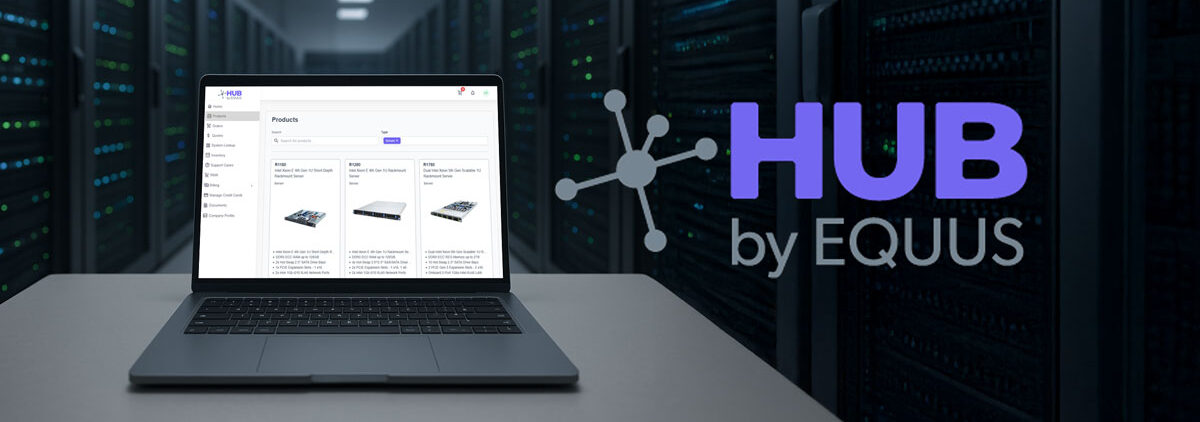As the demand for higher computing power in data centers skyrockets, IT managers are turning their attention to immersion cooling. Immersion cooling promises not only to enhance the performance of high-density servers but also to drive cost-efficiency and sustainability.
This innovative approach is becoming crucial in an era where traditional air cooling systems are struggling to meet the evolving needs of data center management. In this article, we delve into the importance of immersion cooling, its scientific principles, and its transformative impact on modern data center operations.
The Science Behind Immersion Cooling
Immersion cooling is a simple yet ingenious concept. Submerge computer components or entire servers in a non-conductive liquid because liquids are inherently better at absorbing heat than air. But why does this matter? Well, in the data center universe, efficient heat management is not just an amenity; it’s a necessity.
Improving Energy Efficiency
Let’s dive into some numbers to understand this better. The thermal conductivity of liquids used in immersion cooling can be over 1,400 times more effective than air. This means heat is conducted away from critical components at a much faster rate. What’s the real-world impact of this? While a standard air cooling system’s efficiency averages a PUE of 2, an immersion cooling system averages a PUE of 1.2 (near perfect). Thus achieving a 96% percent improvement in computing efficiency.
But it’s not just about saving dollars. In an era where every industry is under the microscope for its environmental impact (data centers included), immersion cooling stands out. By slashing energy use, these systems significantly cut down on the carbon footprint of data centers. We’re talking about potentially removing thousands of tons of CO2 emissions annually for a mid-sized data center.
Enhancing Server Density Capabilities
Urban data centers are often constrained by space — a premium commodity in city landscapes. Immersion cooling tackles this head-on. By enabling closer packing of servers without the risk of overheating, data centers can now achieve higher computational power in the same physical footprint. To put this in perspective, the article “Enough hot air: the role of immersion cooling” stated that a traditional air-cooled data center has a maximum power density per rack of 50 KW, whereas immersion-cooled systems allow up to 250 KW per rack. That’s a fivefold increase in server density — a game-changer in urban settings where real estate is at a premium.
Increasing Data Center Flexibility
In the fast-paced tech world, adaptability is key. Immersion cooling systems are inherently modular and scalable, which is crucial for data centers that need to pivot quickly to accommodate fluctuating demands or technological advancements. Compared to the rigidity of traditional cooling infrastructures, immersion cooling systems can be reconfigured or expanded with relative ease. This flexibility extends not just to physical space but also to energy requirements and operational scalability.
Downsides Compared to Traditional Air Cooling.

Immersion cooling, while transformative, is not without its challenges. Let’s dissect these drawbacks — not to diminish the value of this innovative approach but to present a balanced view.
- Higher initial setup costs. The upfront cost for setting up an immersion cooling system is higher than traditional air-cooled systems, which may not be feasible for smaller operations. This includes the cost of the cooling liquid, specialized tanks, and the infrastructure modifications needed to accommodate these systems.
- Learning curve in management. IT teams accustomed to air cooling may find the switch to managing a liquid-based system challenging. This transition requires understanding the nuances of liquid cooling dynamics, which is quite a leap from traditional air cooling methods.
Even with the additional upfront costs and learning requirements, the overall savings and efficiency boosts are compelling.
Immersion Cooling Is Made for High-Performance Computing
Immersion cooling represents a significant step forward in data center technology, offering enhanced energy efficiency, increased server density, and greater operational flexibility. While it may not be the perfect solution for every data center, its benefits are undeniable, especially for facilities that require high computing power in a compact space.
As we move towards more sustainable and efficient data center operations, immersion cooling is poised to play a pivotal role. For IT managers looking to improve their data center’s performance and profitability, understanding, and potentially adopting immersion cooling technology could be a game-changer. Talk to one of our experts to learn how you can get started with immersion cooling in your data center. Contact us.








